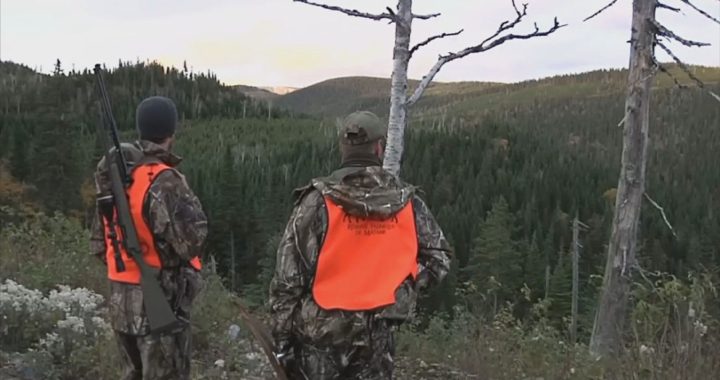
Canadian lawyer Dale Lysak (left) helped prosecute Khmer Rouge leaders in Cambodia on a charge of genocide. Photo: submitted
While a Canadian lawyer understands the need for someone to be held accountable for the 215 children believed to be buried near the former Kamloops Indian Residential School in B.C., he doesn’t believe it’s possible.
Dale Lysak, who helped prosecute Khmer Rouge leaders for Cambodian genocide, says Canada cannot be prosecuted under the international Genocide Convention.
“It is entirely valid to consider the forced transfer of children to residential schools as a potential act of genocide, but for a multitude of reasons criminal prosecutions are not viable,” says Lysak, a lawyer with MLT Aikins LLP, from Vancouver.
For one, the International Criminal Court only has jurisdiction for crimes committed on or after July 1, 2002, he notes.
And second, Canada excluded the “fifth prong” of [the] Genocide Convention when it incorporated genocide into its Criminal Code in 1970 – purportedly, he says, because “mass transfers of children to another group are unknown in Canada.”

Lysak now views that omission differently given the Tk’emlúps te Secwépemc First Nation recently discovering an unmarked children’s graveyard on its traditional territory.
“The fifth prong prohibited by the Genocide Convention is forcibly transferring children of [a national, ethnic, racial or religious] group to another group,” Lysak explains.
“This was included in the Genocide Convention because Nazis were being prosecuted at Nuremberg [war crimes trials] for taking Polish children away from their families and moving them to German families and schools to be ‘Germanized’.”
Lysak was part of a team of prosecutors that helped win the verdict of genocide and other crimes against two of the Khmer Rouge’s surviving senior leaders in 2018 following a joint UN-Cambodian tribunal that lasted nearly 10 years.
An estimated two million people were killed in the Cambodian genocide between 1975 and 1979 at the hands of the Khmer Rouge, a communist political group in the southeast Asian country.
READ MORE:
U.S. company says it can help identify students’ remains at Kamloops school
Even if a trial were possible in Canada, Lysak notes there is a lack of “viable individual targets for prosecution” and a “high burden of proving the accused had specific intent to physically or biologically destroy the targeted group.”
He believes that’s why the Truth and Reconciliation Commission of Canada characterized the intent of residential schools as “cultural genocide.”
Any criminal trial or tribunal would need to prosecute individuals and not a government or religious body on the charge of genocide, he adds.
The Truth and Reconciliation Commission [TRC], which ran from 2008 to 2015, was mandated to document the truth of the more than 100-year history of Canada’s Indian Residential Schools system.
It concluded that at least 4,100 Inuit, Métis and First Nations children died and thousands more were physically and sexually abused. An estimated 150,000 children were sent to the government-run institutions between the 1870s and 1990s.

Lysak feels the work of the TRC can continue while respecting the wishes of First Nations and Indigenous communities connected to the dead children.
For example, DNA can help unlock what incomplete and lost record-keeping can’t.
Lysak says DNA-matching used by forensic experts with the International Commission on Missing Persons helped deliver closure to families in the former Yugoslav Republic by identifying remains from the Bosnian War, which killed approximately 100,000 people and displaced an estimated 2.2 million more between 1992 and 1995.
READ MORE:
Lysak say the international community has resources to help the Tk’emlúps te Secwépemc Nation survey, identify and repatriate the remains of the 215 graves.
He is also willing to share his expertise, he says.
Editor’s Note: This story was amended 18/06/21 to correct spelling of Lysak. And clarify DNA was used to identify bodies in Bosnia not Cambodia.










